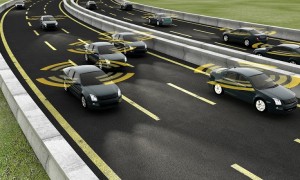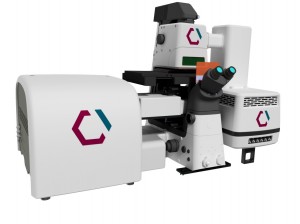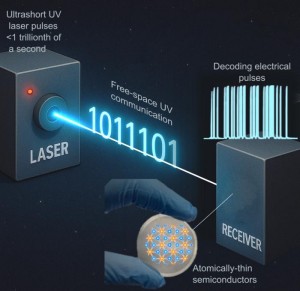
“The path through car autonomy is certainly ongoing, with the regular addition of new functions for car autonomy”, asserts Adrien Sanchez, Technology & Market Analyst, Computing & Software, at Yole Intelligence, part of Yole Group. “It started in the 2010s with basic functionalities such as ACC and AEB, it is currently still in progress with the addition of functionalities such as Highway Pilot, and we expect it will continue in the next years with the addition of functions such as City Pilot, where a car can be fully autonomous in a specific area.”
This continuous implementation of new functions directly implies a need for more and more sensors from a wider diversity. More ADAS cameras are needed to realize an accurate detection and classification of objects all around the car, as well as lane and traffic sign detection. Radars are key for ensuring good detection of any object around the car, and LiDARs are increasingly added to enhance the precision of the positioning of detected objects and real-time mapping accuracy.
More sensors, more data, and more software have a direct consequence: more centralization
According to Pierrick Boulay, Senior Technology & Market Analyst in the Photonics and Sensing Division at Yole Intelligence: “On top of this growing number of sensors, which also tend to have higher and higher resolution, the software complexity is increasing sharply. Autonomous driving in an open world is a very difficult problem and reaching a level of security high enough to convince people to put their safety in the hands of a machine is incredibly complex.”
As we’ve seen, this has led to the multiplication of sensors and to a growing number of software layers for more accuracy in the understanding of the environment, as well as to the introduction of some redundancy to prevent crashes due to system failure. In order to handle this growing amount of data and this pipeline complexity, the computing power required has increased dramatically. This has a direct impact on the car architecture, from a decentralized architecture with many small MCUs, to a centralized architecture with a few powerful processors in an ADAS domain controller. Centralization is the next step for sure, with the need to do sensor fusion. And with the growing number of sensors, nobody wants to conserve a model with one processor by sensors. So, the only question remaining is,
What will be the pace of transformation?
Video creation using smartphones is at an all-time high due to the short-video craze. The emergence of TikTok, the favored social media of the younger generation, has been quickly copied by large incumbents, resulting in YouTube shorts and Facebook reels. This demand for high-quality video hardware was temporarily over-met during the out-of-Covid-19-lockdowns of 2021, and, therefore, the first 3 quarters of 2022 saw slightly less demand. We have seen even more dramatic but similar patterns with computer laptops and tablets in which cameras played a central role during remote work/school teleconferencing.
Another market that has explosive growth right now is Automotive CIS. The Covid-19 era signaled a turning point in consumer behavior, with demand switching to Connected Autonomous Shared and Electric (CASE) vehicles loaded with semiconductor-based features. Overall, the appetite for cameras remains high, but the dominance of the weakened smartphone market translates into the deceptive -0.7% CIS growth expected for 2022.






























 Back to News
Back to News



























